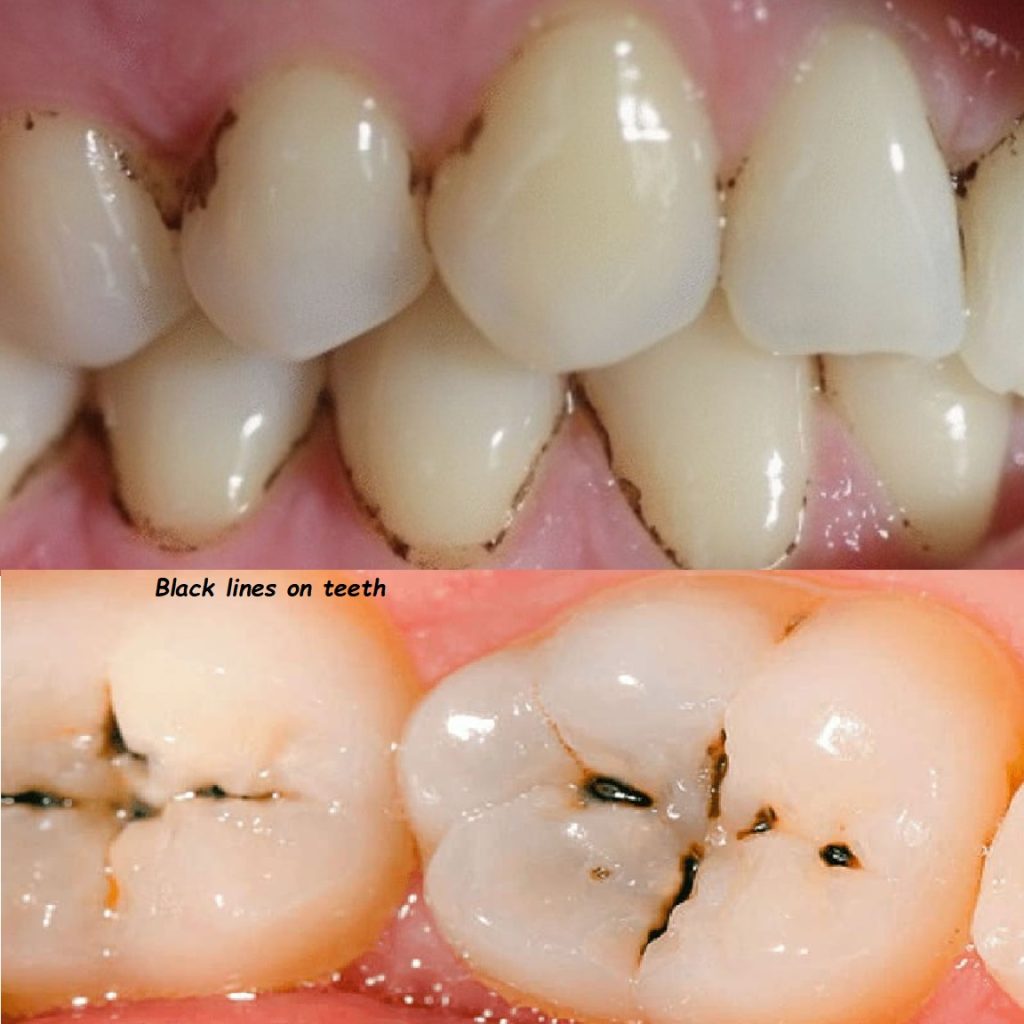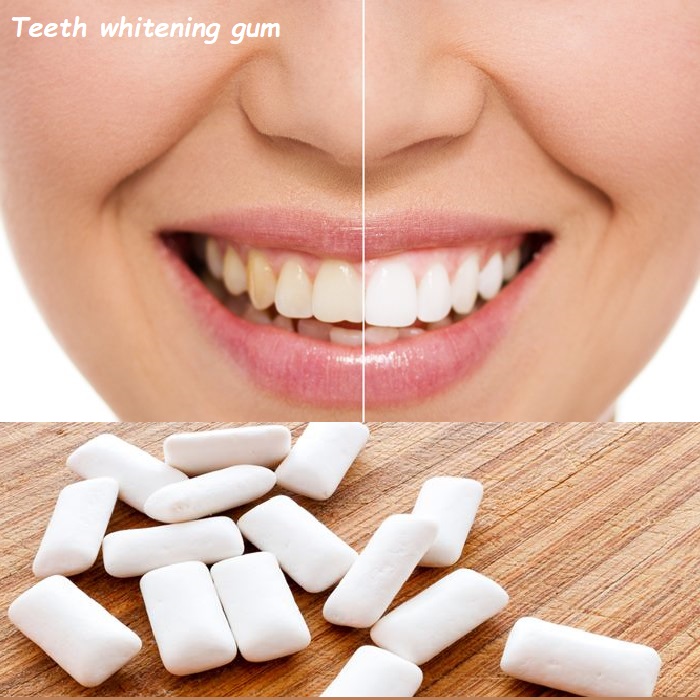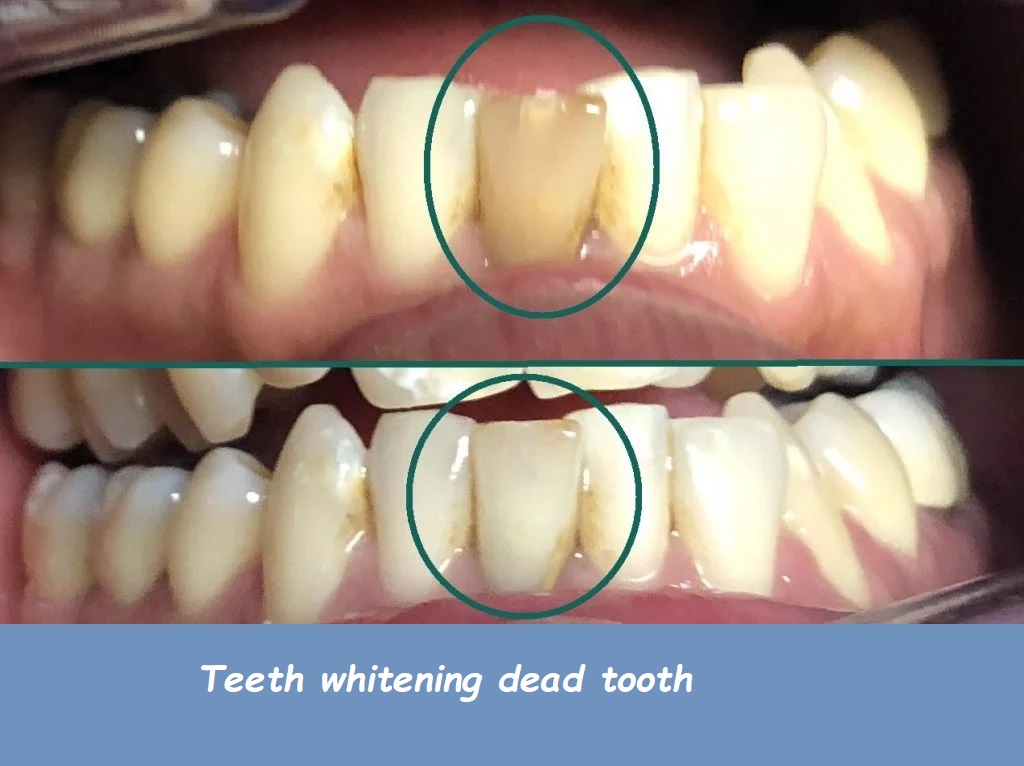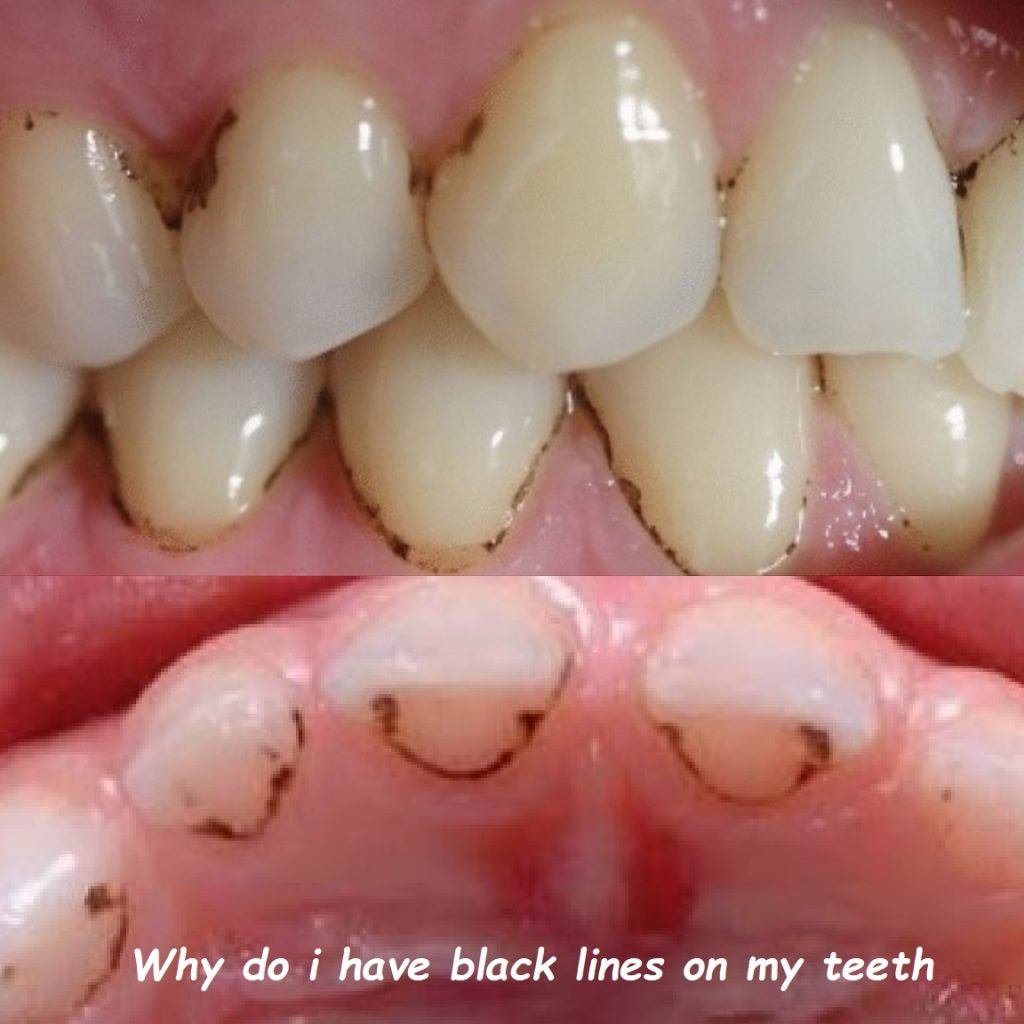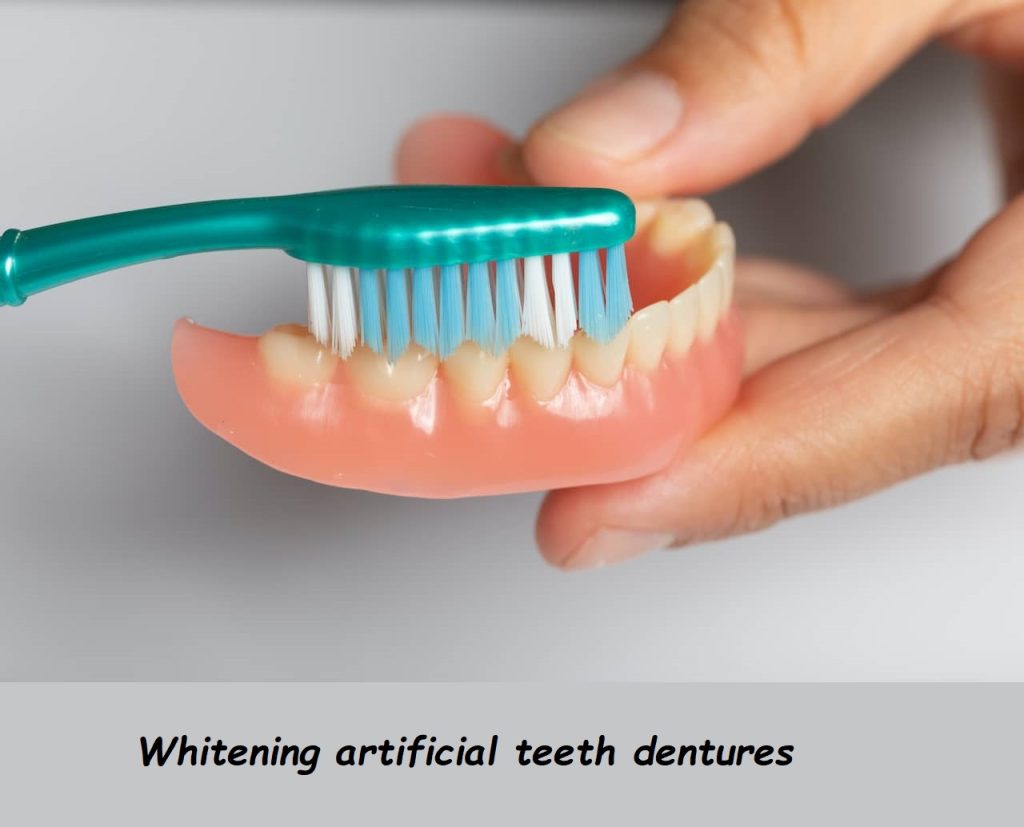Can i refuse a deep cleaning at the dentist
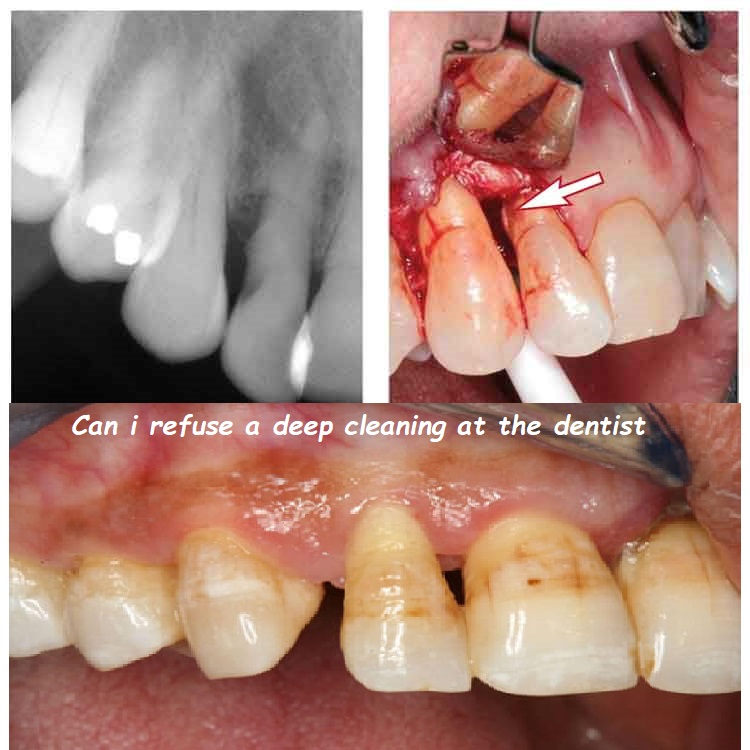
Visiting the dentist for a routine checkup often leads to discussions about various treatments, including the possibility of a deep cleaning. You might find yourself wondering, “Can I refuse a deep cleaning at the dentist?” This article explores everything you need to know about deep cleaning, your rights as a patient, and the implications of refusing this procedure. Whether you’re unsure about the necessity of a deep cleaning or just want to make an informed decision, we’ve got you covered.
What Is a Deep Cleaning?
A deep cleaning, often referred to as scaling and root planing, is a specialized dental procedure aimed at treating gum disease and improving oral health. Unlike a standard dental cleaning, which primarily addresses surface plaque and tartar, a deep cleaning focuses on the areas below the gumline.
How Deep Cleaning Differs from Regular Cleaning
Regular cleanings are typically performed every six months and involve the removal of plaque and tartar from the visible surfaces of your teeth. A deep cleaning, on the other hand, is usually recommended if there are signs of periodontal disease, which involves more intensive care. Here’s a breakdown of the differences:
- Scope: Regular cleaning targets above the gumline, while deep cleaning addresses both below the gumline and around the roots of the teeth.
- Procedure: Regular cleanings are relatively quick and straightforward, whereas deep cleaning involves scaling (removing plaque and tartar) and root planing (smoothing the root surfaces).
- Frequency: Regular cleanings are done every six months, while deep cleanings may be needed less frequently, depending on the severity of gum disease.
The Necessity of Deep Cleaning
Deep cleaning is often recommended when there is evidence of gum disease or significant tartar buildup. Gum disease, or periodontal disease, can be categorized into two main stages:
- Gingivitis: The earliest stage of gum disease, characterized by gum inflammation and bleeding. Gingivitis can often be managed with regular cleanings and improved oral hygiene.
- Periodontitis: A more advanced stage where gum disease affects the deeper structures of the teeth, including the bone. Periodontitis can lead to tooth mobility and loss if not properly treated.
Why Your Dentist Might Recommend a Deep Cleaning
Your dentist may recommend a deep cleaning if you have:
- Gum Pockets: Deep spaces between the teeth and gums, indicating the presence of gum disease.
- Bleeding Gums: Gums that bleed when you brush or floss.
- Receding Gums: Gums that have pulled away from the teeth, exposing the roots.
- Bad Breath: Persistent bad breath that doesn’t go away with regular brushing.
Can You Refuse a Deep Cleaning at the Dentist?
Yes, you have the right to refuse a deep cleaning at the dentist. As a patient, you are in control of your dental treatment decisions. However, it’s important to understand the potential consequences and risks associated with refusing this treatment.
Your Rights as a Patient
Informed consent is a crucial part of healthcare. This means you have the right to:
- Understand the Procedure: Ask your dentist to explain what a deep cleaning involves, why it’s necessary, and what the expected outcomes are.
- Discuss Alternatives: Explore other treatment options or preventive measures that might be appropriate for your condition.
- Make an Informed Choice: Decide whether to proceed with or refuse the deep cleaning based on your understanding of the procedure and its implications.
Potential Consequences of Refusing a Deep Cleaning
Refusing a deep cleaning can have several potential impacts on your oral health:
- Progression of Gum Disease: Without proper treatment, gum disease can progress from gingivitis to periodontitis, leading to more severe health issues.
- Tooth Loss: Advanced gum disease can lead to tooth mobility and loss if left untreated.
- Increased Costs: Delaying treatment might result in higher costs down the line, as more invasive and costly procedures may be needed later.
Alternatives to Deep Cleaning
If you’re uncomfortable with the idea of a deep cleaning, discuss alternatives with your dentist. Some options might include:
- Improved Oral Hygiene: Enhancing your brushing and flossing routine can sometimes help manage minor gum issues and prevent the need for more intensive treatments.
- Regular Cleanings: For some patients, more frequent regular cleanings might help control plaque and tartar buildup.
- Medications: In certain cases, medications such as antibiotics or antimicrobial agents may help manage gum disease without requiring a deep cleaning.
Exploring Non-Surgical Treatments
Non-surgical treatments may be suggested based on your specific condition:
- Antibiotic Therapy: This involves the use of antibiotics to control bacterial infection in the gums.
- Antimicrobial Rinses: Special mouth rinses can help reduce bacteria and inflammation.
- Laser Therapy: Lasers can be used to remove infected tissue and promote healing.
What to Discuss with Your Dentist
Before making a decision, have a thorough discussion with your dentist. Here are some key questions to consider:
- Why is a deep cleaning necessary for my condition?
- What are the potential risks of refusing the procedure?
- Are there alternative treatments available, and how effective are they?
- What are the costs involved in both the deep cleaning and any potential future treatments?
- How can I improve my oral hygiene to avoid the need for a deep cleaning?
Asking for a Second Opinion
If you’re unsure about the recommendation, seeking a second opinion from another dental professional can provide additional perspective. Another dentist might offer insights into whether the procedure is essential or if alternative treatments could be effective.
The Importance of Informed Consent
Informed consent is a key aspect of making healthcare decisions. It means you should be fully aware of what a deep cleaning involves, including any risks and benefits. Your dentist should provide you with all the necessary information to help you make an informed choice about your treatment.
What to Expect During a Deep Cleaning
If you decide to proceed with a deep cleaning, here’s what you can expect:
- Local Anesthesia: To ensure comfort, local anesthesia is typically administered to numb the affected areas.
- Scaling: The dentist or hygienist will use specialized instruments to remove plaque and tartar from below the gumline.
- Root Planing: The roots of the teeth will be smoothed to help the gums reattach and heal properly.
- Post-Procedure Care: After the procedure, you may need to follow specific aftercare instructions, such as using antimicrobial mouth rinses and maintaining excellent oral hygiene.
Recovery and Aftercare
Recovery from a deep cleaning generally involves a few days of mild discomfort. Here’s how you can care for your teeth and gums post-procedure:
- Maintain Oral Hygiene: Brush and floss regularly to keep your mouth clean and prevent further plaque buildup.
- Follow Dentist’s Instructions: Adhere to any specific aftercare guidelines provided by your dentist.
- Attend Follow-Up Appointments: Schedule and attend any follow-up visits to monitor your progress and ensure proper healing.
Financial Considerations
The cost of a deep cleaning can vary widely depending on several factors:
- Location: Costs may differ based on geographic location and the cost of living in your area.
- Insurance Coverage: Check with your dental insurance provider to see if deep cleaning is covered under your plan and what out-of-pocket expenses you might incur.
- Payment Options: Many dental practices offer financing plans or payment options to help manage the cost of treatment.
Understanding Your Insurance
Review your dental insurance policy to understand what is covered and what isn’t. Some plans may cover a portion of the cost for deep cleaning, while others may require you to pay the full amount out-of-pocket. It’s a good idea to contact your insurance provider directly to clarify your coverage.
When to Seek a Second Opinion
If you have doubts about the necessity of a deep cleaning or if you’re considering refusing the procedure, seeking a second opinion can be beneficial. An additional perspective can help confirm whether the deep cleaning is truly needed or if there are other viable options.
How to Find a Second Opinion
- Ask for Recommendations: Reach out to friends, family, or your primary care physician for recommendations on reputable dentists.
- Research Online: Look for reviews and ratings of local dentists to find a trusted professional.
- Consultation: Schedule a consultation with another dentist to discuss your concerns and get a second opinion on your treatment options.
Conclusion
Can you refuse a deep cleaning at the dentist? Absolutely, you have that right. However, it’s crucial to weigh the potential risks and consequences of refusing this treatment. By understanding what a deep cleaning involves, exploring alternative options, and making an informed decision, you can ensure the best possible outcome for your oral health.
If you’ve had any experiences with deep cleaning or have further questions about dental procedures, feel free to share your thoughts in the comments below. Your feedback could help others navigate their own dental care decisions!




